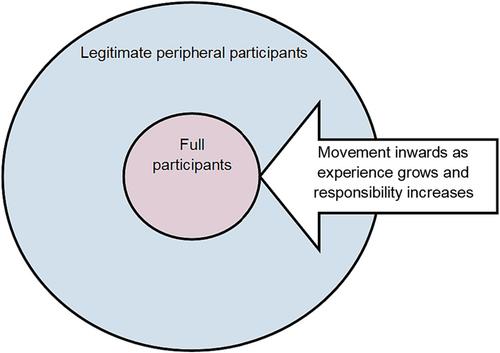‘It's a gamble’: A phenomenological exploration of medical students' learning experiences as newcomers to clinical communities of practice
Abstract
Background
Medical students become members of the clinical team through participation in their activities, as described by Lave and Wenger's situated learning theory. While there is research into how medical students cognitively engage in clinical learning, there is limited work on clinical experiences using a social theoretical lens such as situated learning theory.
Method
This study explored third year medical students' lived experience as newcomers to clinical teams using a qualitative phenomenological approach. Medical students completed in-depth, semi-structured interviews in 2021. Interpretive phenomenological analysis (IPA) using Lave and Wenger's theory of situated learning was applied to understand students' experiences.
Results
Seven students discussed their variable placement experiences. Learning related to three elements: conditions for participation, modes of participation and products of participation. When certain conditions were met relating to student, clinician and activity, students learned. This drove identity and relationship formation. The findings related and led to a self-perpetuating cycle with potential to advance student learning. When the conditions for participation were not met, the cycle stopped, leading to student disengagement.
Conclusion
Passivity in students is a result of modifiable factors in the workplace. To encourage proactivity, clinicians must enable students to move from observation to participation as their competence increases. Participation should be supervised, challenging and should contribute to patient care. Time pressures can make this difficult; one solution is to nominate a clinician to direct students and account for this in their workload or to employ a clinical fellow to assist with student training.


 求助内容:
求助内容: 应助结果提醒方式:
应助结果提醒方式:


